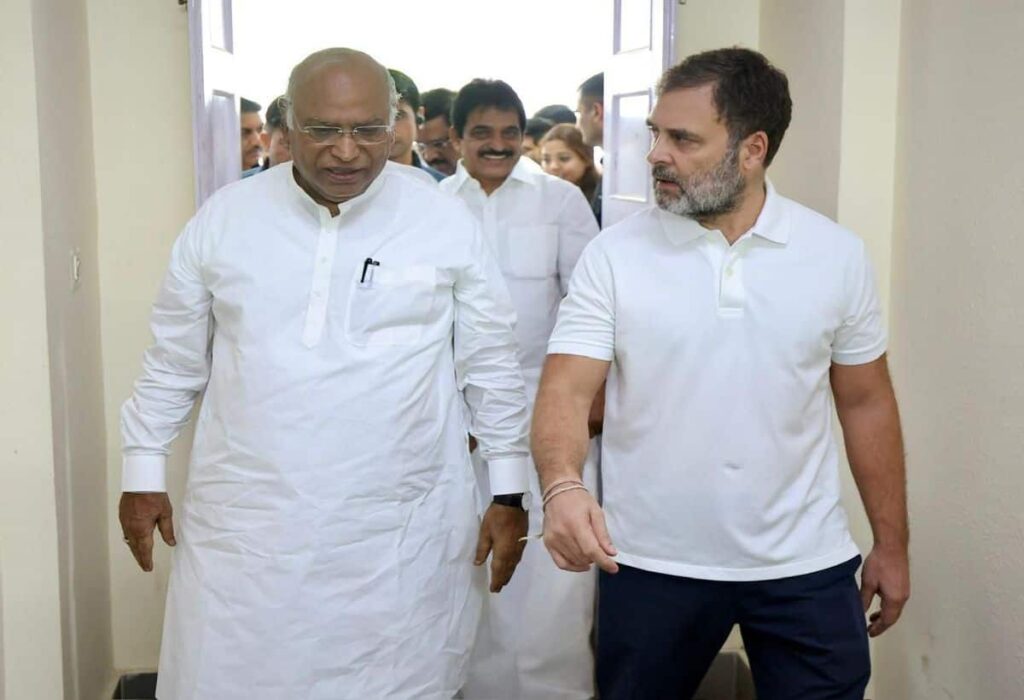In the aftermath of the Haryana Assembly elections, Congress leaders are reflecting on the reasons behind their party’s disappointing performance. Following the election results, Congress President Mallikarjun Kharge and the Leader of Opposition in the Lok Sabha, Rahul Gandhi, convened on October 10 to assess the situation with senior observers and party functionaries. This analysis underscores the party’s need for strategic reassessment and revitalization.
Analyzing the Election Results
Key Factors Influencing the Outcome
Several factors played a role in the Congress party’s electoral defeat in Haryana. Understanding these components can help the party strategize better for future elections:
- Lack of Unified Leadership: Internal discord and differing ideologies among party leaders undermined the campaign’s effectiveness.
- Issues with Candidate Selection: The selection of candidates was a controversial issue, with many voters feeling disconnected from the party’s choices.
- Weak Ground Campaigns: The party’s grassroots outreach efforts were insufficient, limiting their ability to connect with the electorate.
- Development and Governance Issues: Voters’ perceptions of Congress’s previous governance in Haryana impacted their decision-making, favoring the ruling party instead.
Insights from the Leadership Meeting
During the meeting, leaders discussed the critical areas needing improvement. Rahul Gandhi’s visible disappointment reflected the party’s sense of urgency to address these issues promptly.
| Aspect | Proposed Action |
|---|---|
| Leadership Cohesion | Establish a united front and clarify roles among party leaders. |
| Candidate Selection | Conduct surveys to gauge public sentiment regarding prospective candidates. |
| Grassroots Engagement | Enhance the ground campaign efforts with well-structured outreach programs. |
| Governance Perception | Showcase past successes and outline a clear vision for future governance. |
Looking Ahead: Future Strategies for Congress
As Congress moves forward, it must prioritize rebuilding its base in Haryana and developing a strategic framework that addresses the electorate’s concerns. Emphasizing community engagement, reinforcing party unity, and showcasing candidates who resonate with voters are crucial steps toward regaining lost ground.
Conclusion
The recent Haryana election results serve as a wake-up call for Congress, emphasizing the need for introspection and planning. As the party embarks on this journey of reevaluation, it is essential to transform insights into actionable strategies that align with the aspirations of the citizens of Haryana. The commitment to adapt and evolve will ultimately determine the party’s future success in this key state.
